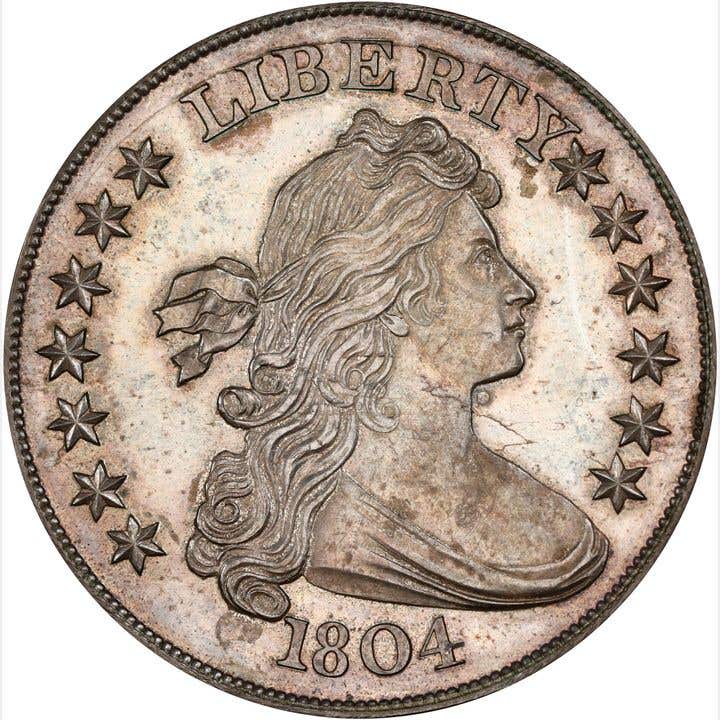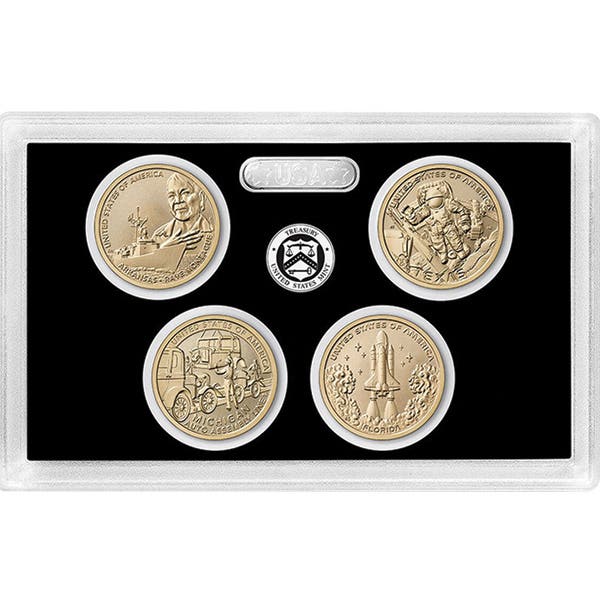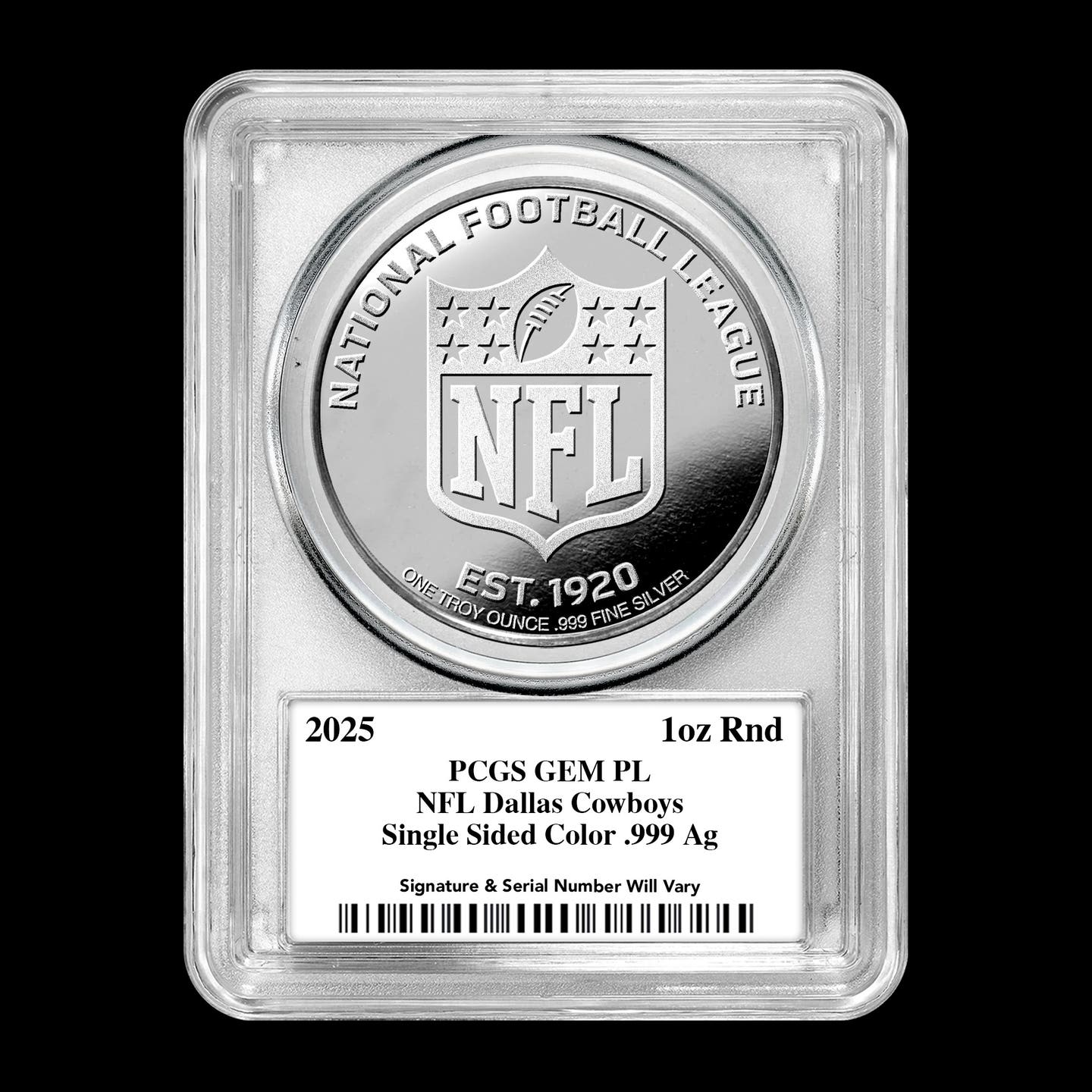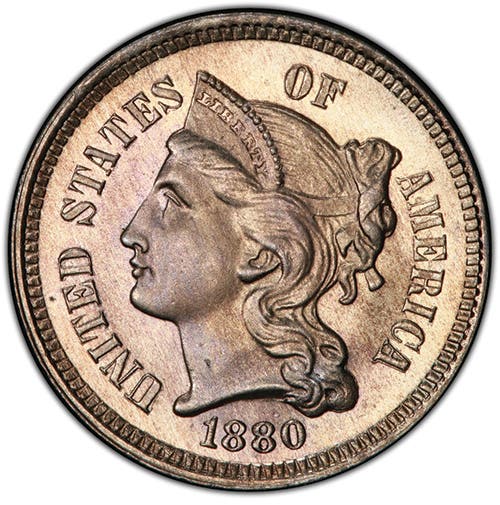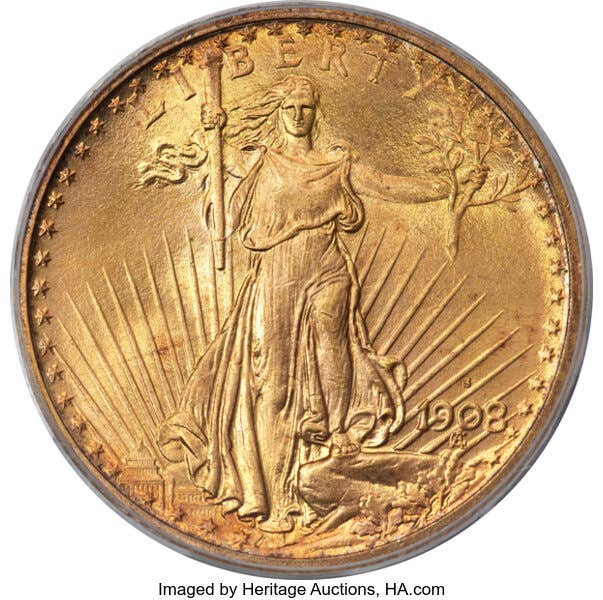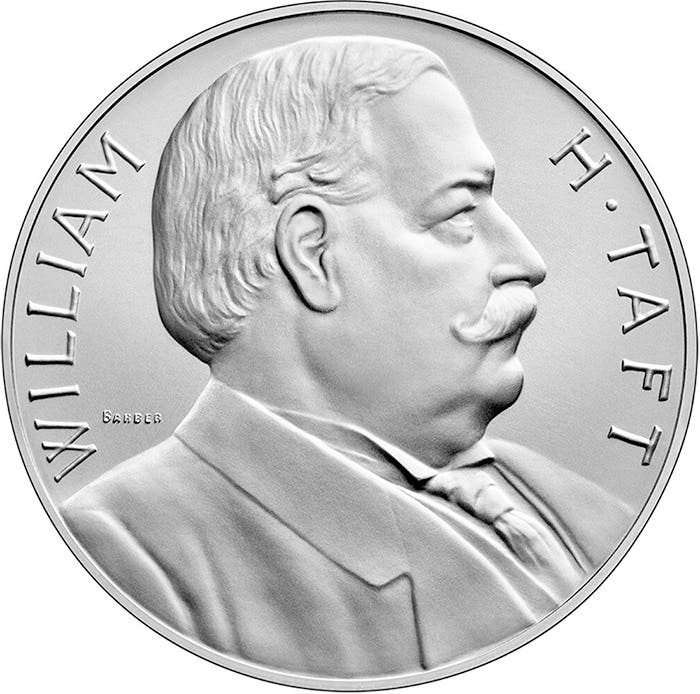Collect all 17 U.S. cent types
By Mike Thorne, Ph.D. How do you feel about the lowly cent? Is it a coin you have so little use for that you won’t stoop to pluck one from…
By Mike Thorne, Ph.D.
How do you feel about the lowly cent? Is it a coin you have so little use for that you won’t stoop to pluck one from the ground? After all, a cent by itself won’t buy anything anymore, and I suspect most people just throw any they acquire into a large jar as soon as they get home.
Should the U.S. continue to mint billions of cents just to keep Mint employees active, or should the U.S. terminate a denomination that, for a good while now, costs more to produce than its face value?
Of course, these are questions for the general public, not for the coin collector. Most coin collectors probably want to see the denomination continue, as it gives them more to collect. And that leads to another question: How should you collect U.S. cents?
As you’ve undoubtedly learned, there are many different ways that you can collect coins. For 20th and 21st century coins not made of gold, people often try to obtain one of each date/mintmark combination. For earlier coins, a type approach is typically taken.
In this latter approach, the collector tries to secure one of each major design type rather than tackling the coins by date and mintmark. The reason for this is obvious: many of the earlier series contain dates that are scarce to rare, with prices to match.
In this article, I’m going to discuss a type collection of U.S. cents. As you’ll see, the very earliest cents are both scarce and pricey. Assuming you have a good but not unlimited budget, let’s see what you can reasonably expect to acquire in the way of cent types. Most of the types are taken from Ron Guth and Jeff Garrett’s United States Coinage: A Study by Type.
1. 1793 Large Cent, Flowing Hair, Chain Reverse. Designed by Henry Voigt, this first cent had a mintage of just 36,103 pieces. According to Guth and Garrett, “Because of their low relief detail, 1793 Chain cents fared poorly in circulation. . . .” In other words, they didn’t last long in any kind of decent shape.
Given the values in the Numismatic News “Coin Market” (CM), this is one type coin most collectors will have to bypass. The most common variety, with “America” spelled out on the reverse, lists for $2,900 in AG3 on its way to $150,000 in MS60. A coin in G4, if you can find it, should cost around $5,600.
On eBay, I found more than 40 examples listed. Even in PO-1, the lowest possible grade, the Buy It Now prices were close to $2,000 for coins with virtually no detail other than a few links of the chain on the reverse. Alternatively, you could purchase an uncirculated imitation Chain cent for about $30.
2. 1793 Large Cent, Flowing Hair, Wreath Reverse. After much criticism of the chain as representing slavery rather than the unity intended, Voigt redesigned the reverse to show a wreath of two sprigs attached by a ribbon. Although the mintage of the Wreath large cent was still low at 63,353, it was considerably more than the Chain cent. Values of this type are still high, but they are considerably lower than for the Chain cent.
The least expensive version, a coin with a vine and bars edge design, begins at $1,320 in AG3. An MS60 example is “just” $50,000.
On eBay, I found an example with a hole and little detail for $349 and another one the seller grades “ugly” for $480. To me, it looks like a very porous old piece of copper with a hint of the obverse design.
To get a coin with any kind of detail, even one that’s porous, you’ll have to spend $1,000 to $1,500 if the coins offered on eBay are any indication. Coins that look halfway decent are priced at $4,000 and up. 1793 Wreath cents without major environmental damage and porous planchets seem to be few and far between. I did find some nicer looking Wreath cents in the Heritage Auction archives, but these sold for $10,000 and up, usually way up.
Fortunately, that’s the end of the bad news for a cent type set. The remainder of types contain relatively inexpensive examples, particularly in circulated grades.
3. 1793-1796 Liberty Cap Large Cents. With a mintage of more than 1.5 million cents for these three years, there are several varieties that are not ridiculously expensive. This type was designed by Joseph Wright. On the obverse, there’s a head of Liberty facing right with flowing, unbound hair. Over Liberty’s left side, there’s a staff with a cap on it. The reverse features a laurel wreath.
According to Guth and Garrett, “Most common issue for the type: 1794. Except for 1793, this type is common and can be obtained easily.” But not necessarily cheaply. In CM, the values for the least expensive variety, 1795 with a plain edge, range from $280 in AG3 to $10,000 in MS60. A VG8 should cost around $475.
I found over 100 examples listed on eBay. Conditions range from horrible, with virtually no details, to PCGS-certified AU53 with CAC sticker. Some of the worst of these have prices between $50 and $150, but you get what you pay for. The coin in AU53 is listed at $7,950. With a CM value of $4,600 in AU50, it appears to be overpriced.
In the Heritage archives, I found a G4 listing that brought $336 (CM value, $325), a VG8 listing that sold for $504 (CM value, $475), and an F12 example that sold for $700. As the CM value for F12 is $1,250, the $700 price looks like a steal.
4. 1796-1807 Draped Bust Large Cents. Designed by Robert Scot, this type shows a more mature version of Liberty, her hair tied with a bow. There’s a folded cloth decorously draped over her bust and shoulders, hence the Draped Bust type. The reverse wreath is little changed from earlier years.
There’s good news for the type collector, as more than 16 million of these were produced. As a result, several varieties are relatively inexpensive, with CM G4 values between $125 and $175. For more detail, there are several that list in F12 for values between $225 and $500.
With nearly 2,300 Draped Bust large cents on eBay when I looked, there are bound to be a few decent coins that are not too optimistically priced. Steer clear of the dogs.
5. 1808-1814 Classic Head Large Cent. Once again, there are several different dates and varieties, which is good news for the type collector. Total mintage for the type approaches five million pieces.
With a design by John Reich, the Classic Head large cent features a more matronly head of Liberty facing left. The word LIBERTY, instead of being spelled out above the bust, now appears on Liberty’s headband. On the reverse, there’s still a wreath, but the fraction below the ribbon is gone.
In CM, G4 values are mostly $175, with the least expensive F12s listing for $525. For the big spender, a coin in MS60 should run around $8,500.
On eBay, I found many horrible examples priced under $100, often way under for the worst pieces. Amazingly, I spotted an 1814 cent graded G4 by NGC listed for $99 plus $2.99 shipping. This looked like such a bargain that I was tempted to buy it.
In F12, I found a few Classic Heads priced well below CM’s $525. For example, one seller offered an 1814 graded F12 by PCGS for $449.99, with free shipping. Looks like a bargain.
6. 1816-1839 Matron Head Large Cent. CM calls this the Coronet cent. No matter what it’s called, we’ve reached the inexpensive cents for our type set. The total mintage of all dates and varieties is close to 63 million. This type was designed by either Robert Scot or John Reich, according to A Guide Book of United States Coins (aka the Red Book). On the obverse, Liberty’s head is smaller than on the previous type, and her hair is now in a bun. There’s a wreath on the reverse as before.
For this type, we can consider better grades, as a G4 of a common date is likely to cost no more than about $25. Even in VF20, the last three dates at the end of the run of this type list for only $80 each. If you really want to upgrade your type set, there are varieties of 1837 and 1838 that list for $290 in MS60. You may be hard pressed to find them, however.
On eBay, I found a couple of sales of this type in VF20. In one of them, a PCGS-graded 1820 cent with a large date is priced at $114.99 with free shipping. This looks like a good price, as the CM value is $130.
7. 1839-1857 Braided Hair Large Cent. If you have a large cent in your collection, it’s probably one of these, as nearly 71 million were produced. It was designed by Christian Gobrecht and shows Liberty with braided hair over her face, hence the Braided Hair designation. On the reverse, there’s no longer a bar under the word CENT, and the border has been slightly widened.
According to Guth and Garrett, this type is common, with the 1853 being the most plentiful issue. For common dates, CM values range from $18 in G4 to $190 in MS60. A nice F12 should cost about $50, with an XF40 at about $75. On eBay, I saw several XF40 cents priced between $70 and $80.
8. 1856-1858 Flying Eagle Small Cent. Designed by James B. Longacre, this is the first of the small cents, introduced because the price of copper had risen to the point at which it cost more than a cent to mint a cent. Nickel was added to the alloy to make the coin stronger and more resistant to wear. The obverse shows an eagle in flight to the left; the reverse, a wreath made of corn, cotton, wheat, and tobacco. A bow at the bottom ties the mix together.
This is another common type, as the total number of coins minted in 1857 and 1858 was more than 42 million. You can take your pick of the two dates, as their values are similar for most grades. According to CM, an 1857 FE cent lists from $21 in G4 to $4,000 in MS65. A nice F12 should cost about $36, with an XF40 worth about $160. The 1858 varieties have a slightly lower value in XF40, at $140. In MS60, the least expensive variety is worth about $450.
On eBay, I found several in F12 priced between $50 and $60, which appears a bit high given the CM value. Several Flying Eagle cents in XF40 were listed, with most reasonably priced between $120 and $150. Even though all the coins have the same numerical grade, there’s a lot of difference in the amount of detail. As always, buy the coin, not the grade on the holder.
9. 1859 Indian Head, Laurel Wreath Reverse Small Cent. This date is a one-year type coin, so it’s a must-have for your cent type collection. Fortunately, more than 36 million of these were minted so this date is plentiful in all grades.
Designed by James B. Longacre, the obverse shows Liberty with an Indian headdress, whereas the reverse has a laurel wreath. CM values are $20 for a F12, $115 for an XF40, and $340 for the coin in MS60.
A search on eBay turned up 963 results, none of which were in F12. There were, however, several in XF40 all priced around $110, which seems about right. Three in MS63 were listed, two with prices reasonably close to CM’s $750 value.
10. 1860-1864 Indian Head, Copper-Nickel Small Cent. There are five different years of this type, with 1863 having the highest mintage by far at nearly 50 million. This type retains Longacre’s obverse design, but the reverse now has a fuller, stronger wreath, with a Union shield between the ends of the wreath at the top. The copper-nickel planchet introduced with the Flying Eagle cents remains.
The super common 1863 lists for just $10 in F12, $45 in XF40, and $205 in MS63. When I looked, there were more than 1,400 Buy It Now sales of the 1863 cent. Of these, 15 were of coins certified in MS63, with prices beginning at $180.
11. 1864-1909 Indian Head, Bronze Small Cent. With the same design as the previous type but struck on bronze planchets rather than copper nickel, more than 1.5 billion were produced. As a result, the Indian Head cent is an extremely common type.
The most common single date is 1907, of which more than 100 million were produced. CM values range from $1.35 in G4 up to $250 in MS65. In the decent circulated grade of XF40, the coin lists for $8, whereas a nice-looking MS63 should cost about $75. I found several on eBay priced below this amount.
12. 1909 Lincoln, V.D.B. Reverse Small Cent. This is another one-year type coin, and there are only two possibilities, one from Philadelphia and one from San Francisco. Fortunately for the type collector, nearly 28 million were coined in Philadelphia, and many were removed from circulation as souvenirs. This early removal was also true for the San Francisco coin, but with a mintage of only 484,000, it is the big key to the series.
The Lincoln cent was designed by Victor David Brenner, and the placement of his initials on the reverse caused so many complaints that they were removed altogether, not to return until 1918. CM values for the 1909 V.D.B. cent range from $9 in G4 to $105 in MS65. The date lists for just $15 in AU50 and $30 in MS63. I didn’t find any certified as AU50, which makes sense given its low value. On the other hand, there were 29 certified as MS63, with almost all priced above $30.
13. 1909-1958 Lincoln, Wheat Ears Reverse Small Cent. We’ve now reached the point at which almost all collectors already have at least one, if not many more, of these. In fact, so many were produced that with a little effort you should be able to find some of these still in circulation.
Values depend on the date/mintmark combination, with coins minted between 1936 and 1958 generally having values below $20 even in MS65. If you want something a bit more interesting for your type set, you can always choose a date with a low mintage that’s not astronomically expensive. For example, the 1931-S, of which just 866,000 were minted, lists for only $80 in AU50. I found several on eBay, but the prices were all a little above the CM value.
14. 1943 Lincoln, Steel Small Cent. In order to conserve copper for the war effort, the planchets were changed from bronze to zinc-coated steel, producing another one-year type coin. With nearly a half billion cents produced, this is another inexpensive type.
According to CM, the MS65 values for 1943-(P) and 1943-S are $18 and $28, respectively, with no value given for the 1943-D. In the current Red Book, the MS65 value for the 1943-D is $10. Certified MS65 steel cents are priced on eBay between $20 and $50 apiece. The least expensive PDS sets sell for around $60.
15. 1959-2008 Lincoln, Memorial Reverse Small Cent. Billions of Lincoln cents with Frank Gasparro’s Lincoln Memorial reverse have been produced. You can take your pick of dates for your type collection, as they’re all inexpensive.
Oddly enough, I found a huge discrepancy in pricing of the Lincoln Memorial cents. According to CM, in MS65 they’re worth anywhere from $2 to $26.50, not counting scarce varieties such as the 1972 Doubled Die Obverse. By contrast, the 2019 Red Book values them below $1 apiece in MS65 Red!
I found many different dates listed on eBay for about $12 apiece counting shipping costs. When you consider that certification alone costs close to $30 per coin, it’s hard to see how the sellers are making money on these cents.
16. 2009 Lincoln, Bicentennial Small Cent. To celebrate the 200th anniversary of Lincoln’s birth, four different reverse designs were created, each honoring a different facet of Lincoln’s life. Designed by Richard Masters, the first depicts a log cabin like the one in which Lincoln was born. The second, designed by Charles Vickers, shows a youthful Lincoln splitting logs. Designed by Joel Iskowitz, the third shows Lincoln in front of the Illinois state capitol. Finally, the last one, with Susan Gamble’s design, shows the incomplete U.S. Capitol dome as it was when Lincoln was president.
Large numbers were minted of each type, with the result that values in MS65 are quite low. Again, there’s the discrepancy in values in the Red Book and in CM, with higher values in the latter. On eBay, you can get a full set of these certified in MS65 for less than $20.
17. 2010 to Date Lincoln, Shield Reverse Small Cent. Beginning in 2010, the reverse design was changed once again. According to a quote in the 2019 Red Book, the Lindall Bass reverse depicts “an image emblematic of President Lincoln’s preservation of the United States of America as a single and united country.” With mintages in the billions, an example of this type in MS65 lists for either 0.30 in the Red Book or $1.50 in CM. Certified examples sell for about $12 on eBay.
As you can see, you need to acquire only 20 different coins to complete a cent type set. Of course, actually getting all 20 is easier said than done, as the first few types are expensive even in well-worn condition.
Still, you’ll have a very interesting set when you’re through and one you’ll be proud of. If you think this looks like a worthwhile way to collect cents, there’s no time like the present to get started.
This article was originally printed in Coins Magazine. >> Subscribe today.
If you like what you've read here, we invite you to visit our online bookstore to learn more about Fascinating Facts, Mysteries & Myths About U.S. Coins.
NumismaticNews.net is a participant in the Amazon Services LLC Associates Program, an affiliate advertising program designed to provide a means for sites to earn advertising fees by advertising and linking to Amazon.com and affiliated websites.




